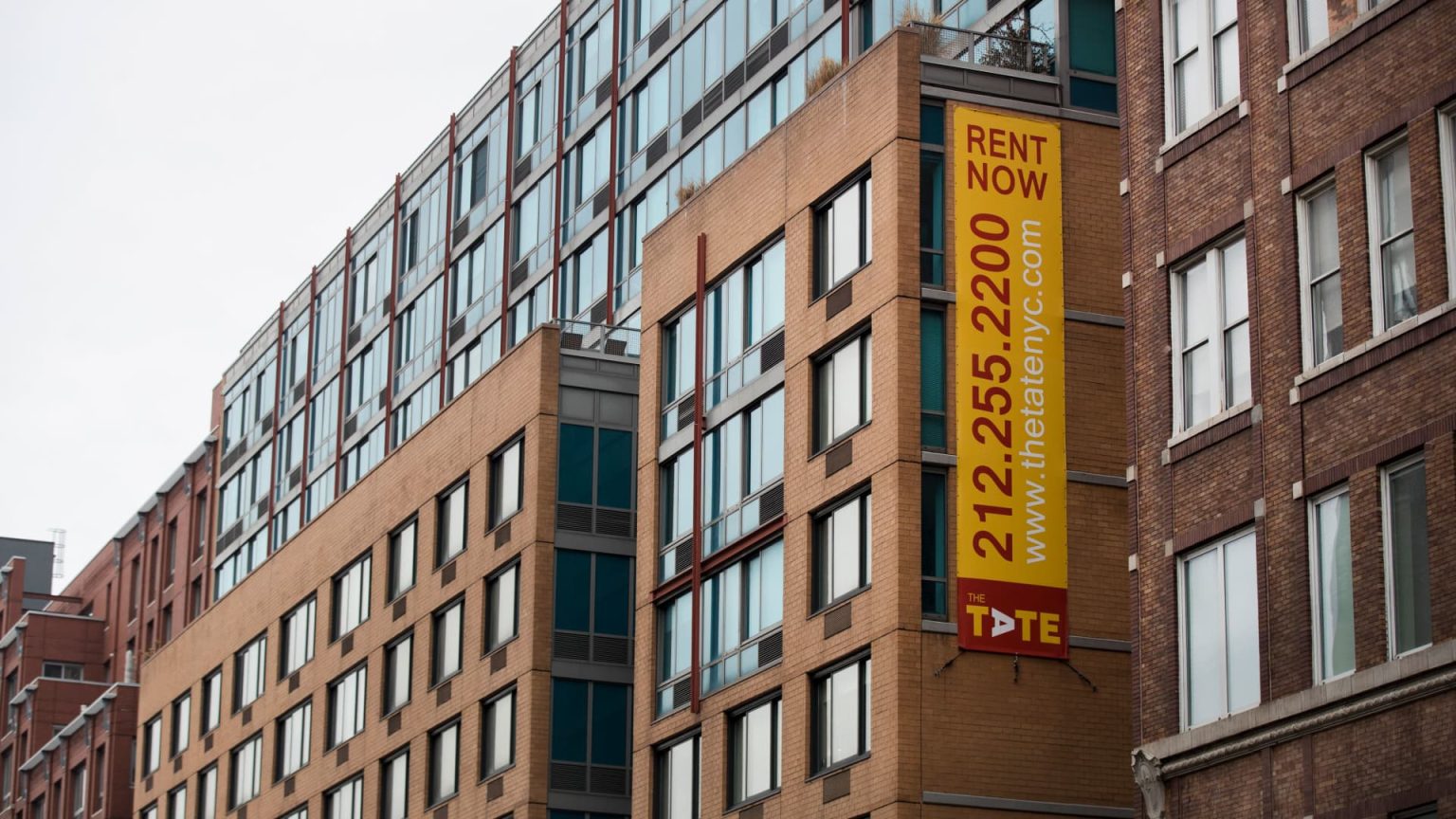The multifamily rental market is undergoing a significant shift, characterized by reduced turnover rates among renters. Analysts indicate that the current climate is quite different from the historic norm of frequent relocations, largely due to economic and social factors. As rental demand increases and vacancies decline, landlords are likely to benefit from stabilizing tenancy and improved financial outlooks.
| Article Subheadings |
|---|
| 1) Declining Turnover Rates in Rentals |
| 2) Factors Driving Current Trends |
| 3) Financial Implications for Landlords |
| 4) Market Dynamics and Future Predictions |
| 5) Conclusion and Summary of Key Insights |
Declining Turnover Rates in Rentals
Current trends in the rental market show a significant decline in turnover rates among tenants. Traditionally, about half of apartment renters in urban areas would relocate when their leases expire. However, current statistics indicate that some major landlords experience turnover rates as low as 30%. This striking decrease is generating considerable interest among real estate analysts.
Factors Driving Current Trends
Several factors contribute to the current stabilization of rental turnover. One primary reason is the unaffordable home-buying market, which has become increasingly out of reach for many potential buyers. The supply of rental units on the coasts is also limited, and economic uncertainties—such as inflation, tariffs, and job market volatility—have made many renters hesitant to move.
Furthermore, the appeal of suburban apartments has risen, as these units offer larger living spaces that provide more comfort, particularly during the ongoing aftermath of the pandemic. The overall sentiment is one of caution and a strong desire for stability in uncertain times.
Financial Implications for Landlords
As a result of reduced turnover rates, landlords are experiencing improved cash flow and favorable renewal pricing. With fewer tenants moving out, property owners are incurring lower turnover costs associated with repairs, cleanings, and re-leasing efforts. Notably, as indicated by analysts, landlords are better positioned to negotiate rental prices during lease renewals, avoiding the costly cycle of tenant turnover.
The multifamily Real Estate Investment Trust (REIT) sector is showing signs of resilience and growth, with firms such as Essex Property Trust being highlighted for their large holdings in coastal markets. Similarly, Equity Residential stands to benefit from its strategic focus on regions experiencing rebounds in demand driven by local tech industries.
Market Dynamics and Future Predictions
Despite challenges, the multifamily rental market is witnessing a resurgence. New rental demand is characterized by the strongest net absorption rate since 2000, outpacing new construction completions significantly. In the first quarter of the year, rents increased by 0.9%, suggesting a stabilizing market after declines from the previous year.
Vacancy rates have dropped to 4.8%, falling below the long-term average of 5%, showcasing an uptick in leasing activity and increased demand for rental spaces. Analysts predict that the revitalization of the multifamily sector will lead to heightened investment activity, projecting a boost in capital deployment for 2025 as market fundamentals improve.
Conclusion and Summary of Key Insights
Overall, the combination of declining turnover rates, favorable economic conditions for landlords, and a shifting rental landscape suggests that the multifamily rental market is on a path toward recovery and growth. As tenants remain in place longer and demand continues to increase, the rental market demonstrates a shift toward stability, which is crucial for landlords and real estate investors.
| No. | Key Points |
|---|---|
| 1 | Rental turnover rates are declining significantly, with some landlords reporting rates as low as 30%. |
| 2 | Economic factors, limited rental supply, and a shift to suburban living are contributing to this trend. |
| 3 | Landlords are benefiting from improved cash flow and renewal pricing amid lower turnover costs. |
| 4 | The multifamily rental market is witnessing a rebound in demand, characterized by strong absorption rates and increasing rents. |
| 5 | Expectations for investment activity are growing as market fundamentals signal a positive turn for the sector. |
Summary
In conclusion, the multifamily rental market is adapting to changing economic conditions, and reduced turnover rates are indicative of a stabilizing environment. As both landlords and tenants navigate these economic challenges, the trends observed point toward a more resilient and potentially lucrative rental market in the near future.
Frequently Asked Questions
Question: What are the current turnover rates among renters in urban markets?
Current statistics show that turnover rates among renters have dropped to around 30%, significantly lower than the historical norm of approximately 50%.
Question: What factors are influencing the decision of renters to stay longer?
Many renters are choosing to stay longer due to the prohibitive costs of buying a home, limited rental supply, and a preference for the space and comfort provided by suburban apartments.
Question: How is the multifamily rental market performing overall?
The multifamily rental market is experiencing a resurgence, with increased demand reflected in rising rents, declining vacancy rates, and improved net absorption figures.


